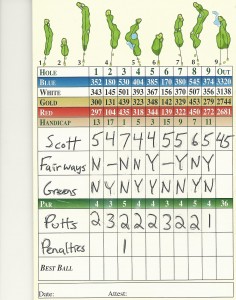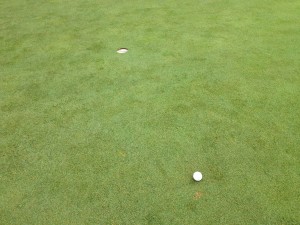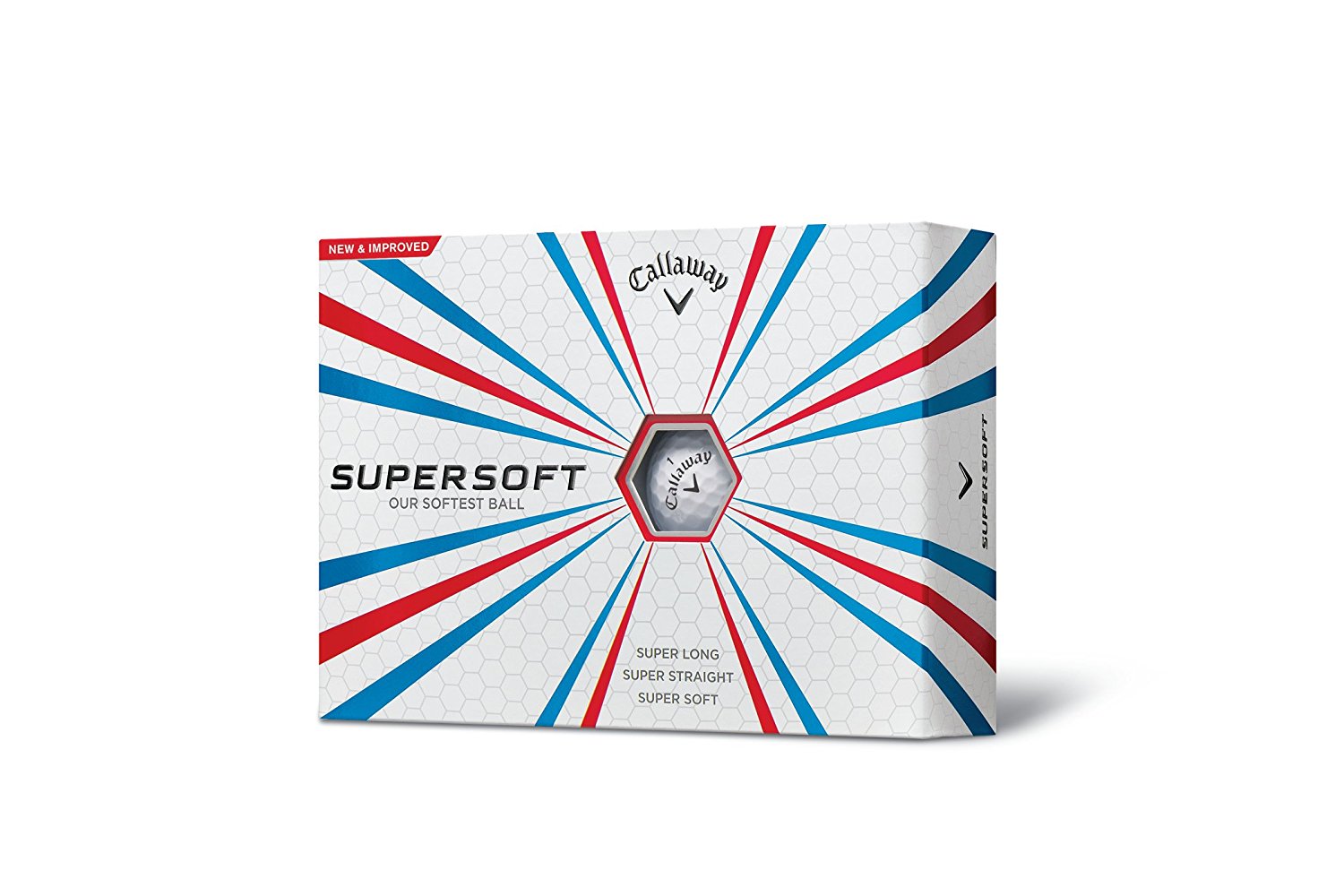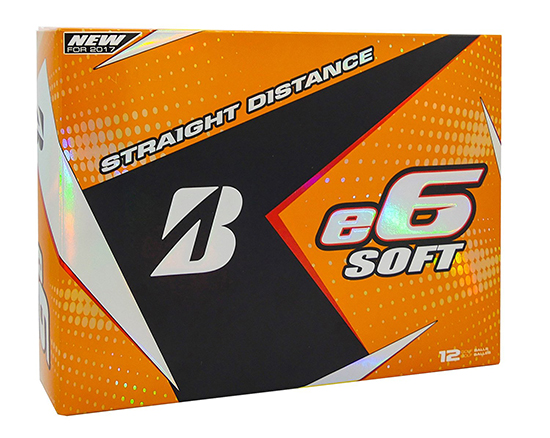As your basic swing skills come together and you begin to play more golf, you may want to become a member at a local course near you. I’m not specifically speaking of a fancy private country club. Many public golf courses also offer yearly memberships.
There are many benefits of becoming a member at a local golf course:
- Unlimited golf
- Some courses include free range balls
- You can play in the club championship
- Easier to get tee times
- Playing repeatedly on the same course builds confidence
Along with the many benefits, there may be a few pitfalls in becoming a member. While playing the same course will build confidence, things may become too routine if you are not careful. You may find yourself knowing what club you are going to hit on each hole before the round even begins. This includes not using multiple clubs in your bag at any point in the round. It is important to regularly use every club in your bag.
Fortunately there are many things you can do to avoid things becoming to routine. The most obvious thing is to play different courses. Even with the benefits of having a home course, you should occasionally be playing different courses. Not knowing a golf course keeps your mental game and course management skills sharp. You’ll also probably see yourself hitting clubs that you normally do not on your home course. Many golf courses have reciprocal deals with other courses that will give you a discounted green fee on those courses. Even with the discounts, playing these other courses is an additional expense to the membership fee you are already paying for your home course.
Let’s look at some ways to get the maximum benefit from your home course. Playing your home course in a different way is beneficial to improving your game.
Don’t play exclusively from the white or red tees. Next round, play from a longer tee. You will find your longer irons and hybrids will come into play more often than they do from a more forward tee. This will help you be comfortable playing any club in your bag when on other courses where you will need them. Please keep in mind that you will score higher from a longer tee. We are just not as accurate from longer distances. This is normal and perfectly OK. In fact, if you keep a handicap, the handicap system accounts for what tee you are playing from.
On the flip side, do not be against playing from a forward tee once in a while. The red tees are not ladies tees and the gold tees are not senior/youth tees. They are simply red and gold tees providing an opportunity to play from a shorter yardage. The expected outcome when playing from a more forward tee than usual is to score lower. Playing up will provide you approach shots into the green with short irons ands wedges. The short game is the most important part of anyone’s game. The more times you can get real on-course work on your short game the better off your game will be. Once again, if you keep a handicap, the system will account for playing a shorter tee and your handicap will not become artificially low by playing up.
Another option on some holes when playing your regular tees is to use a different club off of the tee. For example, keep your driver in the bag for some par 4’s and use a 3 wood or other club off the tee. This gives you practice off the tee with other clubs. You may find that the increased accuracy with a different club other than your driver may increase your scoring opportunities on some holes. This, like playing longer tees, increases the length of approach shots forcing you to use clubs in your bag you normally do not.
So start mixing things up on your home course. The increased use of clubs you may normally not play will benefit your golf game especially when playing new courses.











 Bridgestone Extra Soft Golf Balls
Bridgestone Extra Soft Golf Balls


